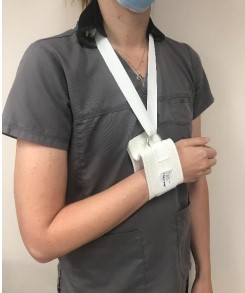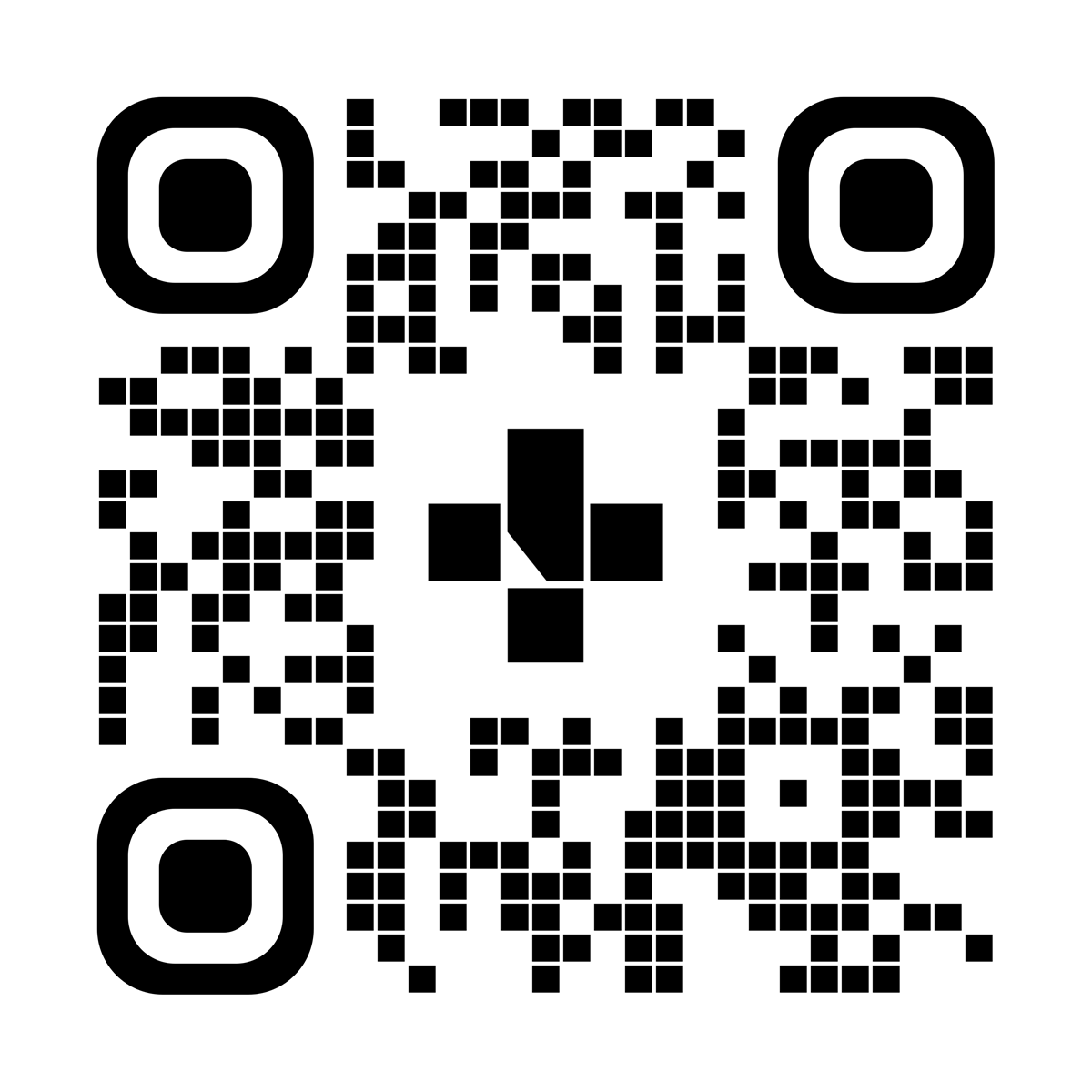Cuff and Collar
Care instructions
 Credit: Alberta Health Services
Credit: Alberta Health ServicesAbout the cuff and collar sling
Your healthcare provider has recommended the cuff and collar sling for your injury.
The sling keeps your arm against your body and helps to keep your shoulder still. It lets your humerus (the bone in your upper arm) hang with gravity so it heals properly.
You may need to sleep in an upright or semi-upright position to keep gravity on your humerus for proper healing.
Wear the sling 24 hours a day or follow the instructions from your healthcare provider.
Do not switch to another sling or prop up your elbow on a pillow unless your healthcare provider says it is safe.
Problems to watch for
Tell your healthcare provider if:
- The sling is causing pain.
- The sling is chafing your skin or is making your skin red, and it does not go away within 20 minutes.
- Any part of the sling breaks.
Caring for the sling
- Handwashing the sling as needed with mild soap and warm water. Do not use a washing machine.
- Press the water out with a towel and lay the sling flat on a towel to dry. Do not put the sling in the dryer.
- When the sling is off, make sure your arm is well supported. Do not move your shoulder unless your healthcare provider tells you to.
Putting on the sling
The sling should fit so that your upper arm and lower arm are at a right angle or 90 degrees or less. Your wrist should sit higher than your elbow.
To put on the sling:
- Pull the large ring of the sling over your head and around the back of your neck. You may wish to put a small piece of terry cloth under the strap around your neck for comfort.
- Gently pull the small ring of the sling around your waist. It should fit comfortably and not be too tight.
Taking off the sling
To take off the sling, reverse the steps for putting on the sling (see above). Make sure to support your arm.
Showering and bathing
When showering or bathing:
- Get into the shower (with help if you need it) and sit on a chair.
- Support your weak arm with your strong arm and remove the cuff and collar sling.
- Have someone help you wash.
If you have a cast, wrap your injured limb and the cast in a plastic garbage bag secured with tape.
Bending forward slightly at your waist helps expose your armpit. Your helper will wash and dry the area.
Be careful not to lift or move your weak arm too much when you put on deodorant.
Dressing
Wear a shirt so the sling does not rub on your skin. Choose shirts that are loose or stretchy because they are easier to put on.
Putting on a shirt
To put on a shirt, always dress your weak arm first, and follow these steps:
- Remove your sling while supporting your weak arm. Have your helper support your arm or rest your forearm on a pillow.
- Push the sleeve up on your weak arm past the elbow (if possible) and pull the shirt over your head.
- Slide your strong arm into the shirt.
If you are allowed to do exercises with your arm (certain types of surgeries and injuries only - ask your therapist or doctor if it's safe for you to dress this way):
- Remove the sling and bend forward at the waist.
- Let your weak arm hang down and carefully slide the shirt onto your weak arm.
Taking off a shirt
To take off a shirt, take your strong arm out of the shirt sleeve first, then reverse the steps above.
Wearing a bra
It is difficult to wear a bra with most shoulder and arm injuries.
If you normally wear a bra, consider wearing a stretchy, fitting tank top. If you really need a bra, get help to put it on.
To see this information online and learn more, visit MyHealth.Alberta.ca/health/aftercareinformation/pages/conditions.aspx?hwid=custom.ab_cuff_collar_ac.

For 24/7 nurse advice and general health information call Health Link at 811
Current as of: March 5, 2024
Author: Bone and Joint Health SCN, Alberta Health Services
This material is not a substitute for the advice of a qualified health professional. This material is intended for general information only and is provided on an "as is", "where is" basis. Although reasonable efforts were made to confirm the accuracy of the information, Alberta Health Services does not make any representation or warranty, express, implied or statutory, as to the accuracy, reliability, completeness, applicability or fitness for a particular purpose of such information. Alberta Health Services expressly disclaims all liability for the use of these materials, and for any claims, actions, demands or suits arising from such use.
